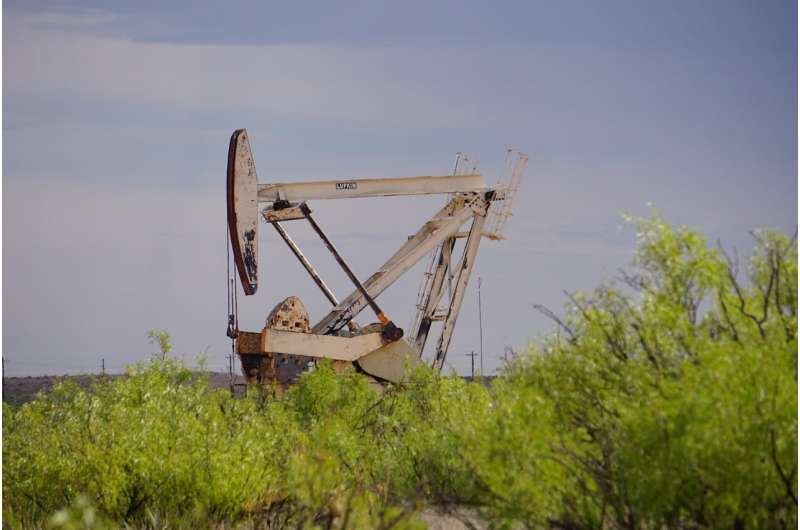
August 19, 2024 by Martin J. Pasqualetti, Chad Walker and Michelle Adams, The Conversation
Collected at: https://techxplore.com/news/2024-08-recycling-cans-circular-economy-energy.html
From cereal boxes to our distinct milk bags, Canadians have been told that one of the best things we can do for the planet is to embrace the circular economy—reusing, repurposing or reallocating assets to ensure they’re kept within useful circulation as long as possible, and ideally forever.
Originally conceptualized as recycling, we are all familiar with the good feeling that comes from tossing paper, plastic and other materials into the blue bin rather than throwing them in a landfill. It’s time to consider applying an expanded version of this approach to what we call energy landscapes.
Considering the thousands of square kilometers that we have carved, scraped and bulldozed to produce the energy we crave, it is past time we started figuring out how we can recycle energy landscapes and make them useful for new purposes.
In our over-crowded world, we can no longer justify exploiting our landscapes for the energy we need and then simply walking away. We need to embrace a circular economy for our energy landscapes of the past and prepare to recycle the landscapes of the future.
Recycling landscapes
Recycling of energy landscapes comes in two forms; that is, the land itself and the infrastructure we place upon it.
Although rare in Canada, the idea is quickly catching on elsewhere. Lignite pits in Germany have been converted to recreational lakes. A derelict, coal-burning power plant in London has been transformed into an exhibition, condominiums and retail space.
In Nova Scotia, a 14 MW wind farm was developed at the site of the province’s coal-fired Lingan power station, and newly proposed green hydrogen production facilities are to be built on the land of stalled liquefied natural gas projects.
The idea of recycling or reusing applies not just to fossil fuels, but to renewable energy policies as well.
Last summer, the Conservative government of Alberta made decisions on the future land use of renewable energy projects like wind and solar farms. As outlined by academic Ian Urquhart earlier this year, the government’s seven-month moratorium banned all new projects under the rationale they threatened the province’s best agricultural lands and “Alberta’s pristine landscapes.”
However, the restrictions brought in, including a 35-kilometer buffer zone, do not apply to new oil and gas projects. Alberta Premier Danielle Smith’s government therefore created a unique set of recycling concerns around renewables that didn’t apply to fossil fuels.

Leave a Reply